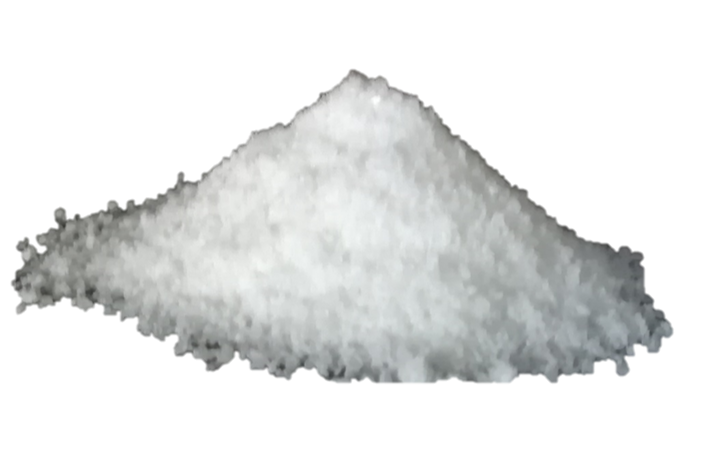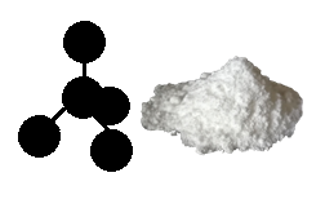CHEMISTRY FORM 2

- 1.1 Structure of the atom
- 1.2 Atomic Number and Mass Number
- 1.3 Isotopes
- 1.4 Energy levels and electron arrangement
- 1.5 Development of the Periodic Table
- 1.6 Relative Atomic Mass and Isotopes
- 1.7 Ion Formation
- 1.8 Chemical Formulae
- 1.9 Chemical Equations

- 2.1 Alkali metals (Group I elements)
- 2.2 Alkali Earth Metals (Group II elements)
- 2.3 Halogens (Group VII elements)
- 2.4 Noble gases (Group VIII elements)
- 2.5 Properties and Trends Across the Periodic Table

- 3.1 Bond
- 3.2 Ionic bond
- 3.3 Giant ionic structure
- 3.4 Covalent bond
- 3.5 Co-ordinate bond
- 3.6 Molecular structures
- 3.7 Giant covalent structures
- 3.8 Metallic Bond
- 3.9 Types of bond across a period
- 3.10 Oxides of elements in Period 3
- 3.11 Chlorides of Period 3 elements

- 4.1 What is a salt?
- 4.2 Types of salt
- 4.3 Solubility of salts in water
- 4.4 Methods of preparing salts
- 4.4.1 Reacting a Metal with an Acid
- 4.4.2 Reacting an Acid with a Base (Neutralization)
- 4.4.3 Reacting an Acid with a Carbonate (or hydrogencarbonate of metal)
- 4.4.4 Combining elements Directly (Direct Combination of elements)
- 4.4.5 Precipitation (Double decomposition)
- 4.5 Action of heat on salts
- 4.6 Uses of salts

- 5.1 Electrical conduction
- 5.2 Electrical conductivity of molten substances
- 5.3 Electrical conductivity of substances in aqueous state
- 5.4 Electrolysis
- 5.5 Applications of electrolysis

- 6.1 Allotropes of carbon
- 6.2 Chemical properties of carbon
- 6.3 Carbon (IV) oxide
- 6.4 Carbon (II) oxide (CO)
- 6.5 Large scale production of sodium carbonate and sodium hydrogencarbonate
- 6.6 Effect of carbon (II) oxide and carbon (IV) oxide on the environment
- 6.7 Carbon cycle

Effect of an electric current on substances: Applications of electrolysis
5.0 Effect of an electric current on substances
5.5.Applications of electrolysis
- Extraction of metals
- Purification of metals
- Electroplating of items such as utensils and cutleries.
Electroplating uses metals that retain their attractive appearance for long. Such metals protect other items from chemical attack. The electrolyte used in electroplating must contain ions of the metal (e.g. Cu2+ and Ag+) to be used in coating the item. The item itself is made one of the electrodes. Figure 5.5 shows examples of items already electroplated using copper and silver.

Figure 5.5 Electroplated items
Questions 5.5
- Are the metals used to electroplate other items reactive or unreactive? Explain your answer.
- Should the item to be electroplated be made the anode or cathode? Explain your answer.
- From your knowledge of electrolysis, must electroplated item be a conductor of electricity? Explain.
- Draw a fully labelled circuit diagram to show how you would electroplate a graphite rod using a battery of two electric cells, aqueous copper (II) sulphate solution as electrolyte and copper metal as anode. Represent an electric cell with the conventional symbol.
Answers to Questions 5.5
Project 5
Use the set-up in the answer to Question 4 of Questions 5.5 to electroplate a graphite rod. The electrolyte is copper (II) sulphate solution. Also, find out whether the electrodes should be held closer together or farther apart. Write a report explaining what you have done and the results obtained.
